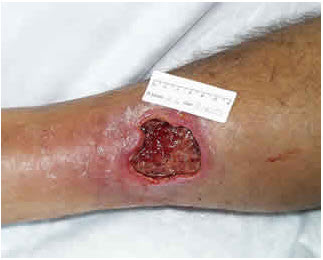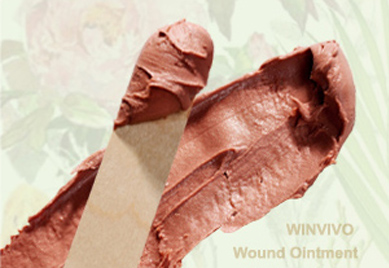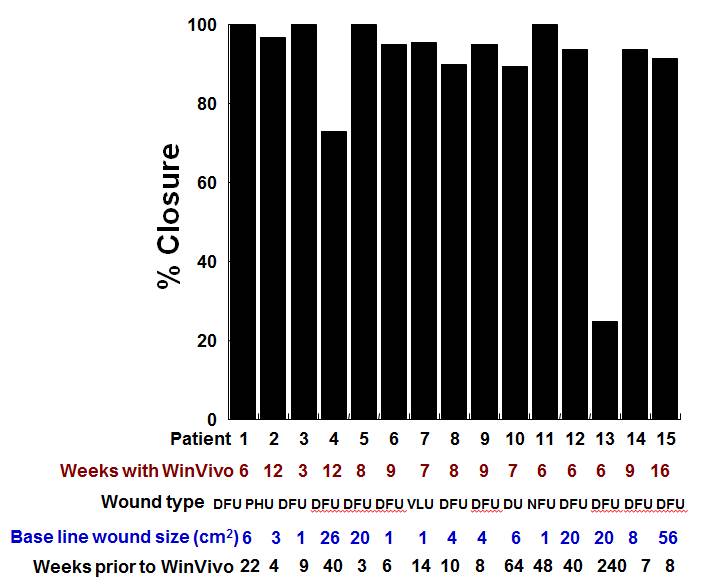Chronic Wounds
 "Healing is a matter of time, but it is sometimes also a
"Healing is a matter of time, but it is sometimes also a
matter of opportunity." - Hippocrates, 5th Century B.C.
Chronic wounds (or skin ulcers) account for approximately 6 million skin wounds in the United States and 37 million skin wounds globally. Pressure ulcer wounds account for the largest portion of these figures with an estimated 2.5 million each year in the United States and 9 million around the world. This is primarily due to an aging population and the increasing number of elderly that have debilitating disorders that restrict movement or provide an impetus for skin breakdown.
Diabetic ulcers are an area of increasing concern with the rising incidence and prevalence of diabetes around the world. More than 2.3 million Americans are treated for a diabetes related skin ulcer each year and approximately 20 million diabetics experience these ulcers annually.
Compared to acute wounds, chronic wounds represent a greater medical challenge due to various complicating factors. A chronic wound is defined as a break in the skin of long duration (>6 weeks) or frequent reoccurrence.
A myriad of factors can delay wound healing, such as:
- Chronic diseases
- Vascular insufficiency
- Diabetes
- Neurologic defects
- Nutritional deficiency
- Advanced age
- Local factors such as pressure, infection and edema
Etiologically common chronic wounds include:
- Venous ulcers
- Arterial ulcers
- Diabetic foot ulcers
- Pressure ulcers
- Vasculitis
- Pyoderma gangrenosum
Despite of the availability of a myriad of such wound care products and devices, it still remains a major challenge to heal late stage chronic wounds. If a wound is not healed, it could lead to serious complications and threaten the patient's life.
Asian Health Wisdom on Wounds
One of the core health philosophies in Eastern cultures is to preserve the wholeness and integrity of the body in a natural, long-term sustainable manner. For more than a thousand years, in order to avoid amputation and disfigurement, people in Asia have discovered, developed and perfected botanical-based natural remedies for treating wounds and skin disorders by exploring the power of synergy of plants in wound healing.
To treat a biochemically and physiologically complex condition such as a chronic wound, a good natural remedy should be like a symphony with a team of players. Each botanical ingredient needs to perform its own critical role in helping to speed the healing of the skin and the restoration of its normal physiological structure and function. Naturally antimicrobial, anti-inflammatory, and analgesic, the botanicals in the remedy should be able to promote blood circulation and inhibit vascular stasis, providing rapid, non-invasive removal of necrotic tissue and regeneration of healthy new tissue.
Note:
Please be advised that the information presented above is not to be used as a substitute for medical advice, diagnosis or treatment of any disease. Statements made about products have not been evaluated by the Food and Drug Administration. Viewers should not rely solely on the information provided on this web site for their own health problems, and are advised to consult with their physicians or other healthcare providers.
WINVIVO Wound Ointment:
Multi-Functional Botanical Therapy
- Difficult-to-Heal Wounds


Privacy Policy | Disclaimer | Knowledge Garden Disclaimer | Return Policy | Contact Us | Affiliate Program
© 2009-2013 WinVivo Corporation All Rights Reserved



